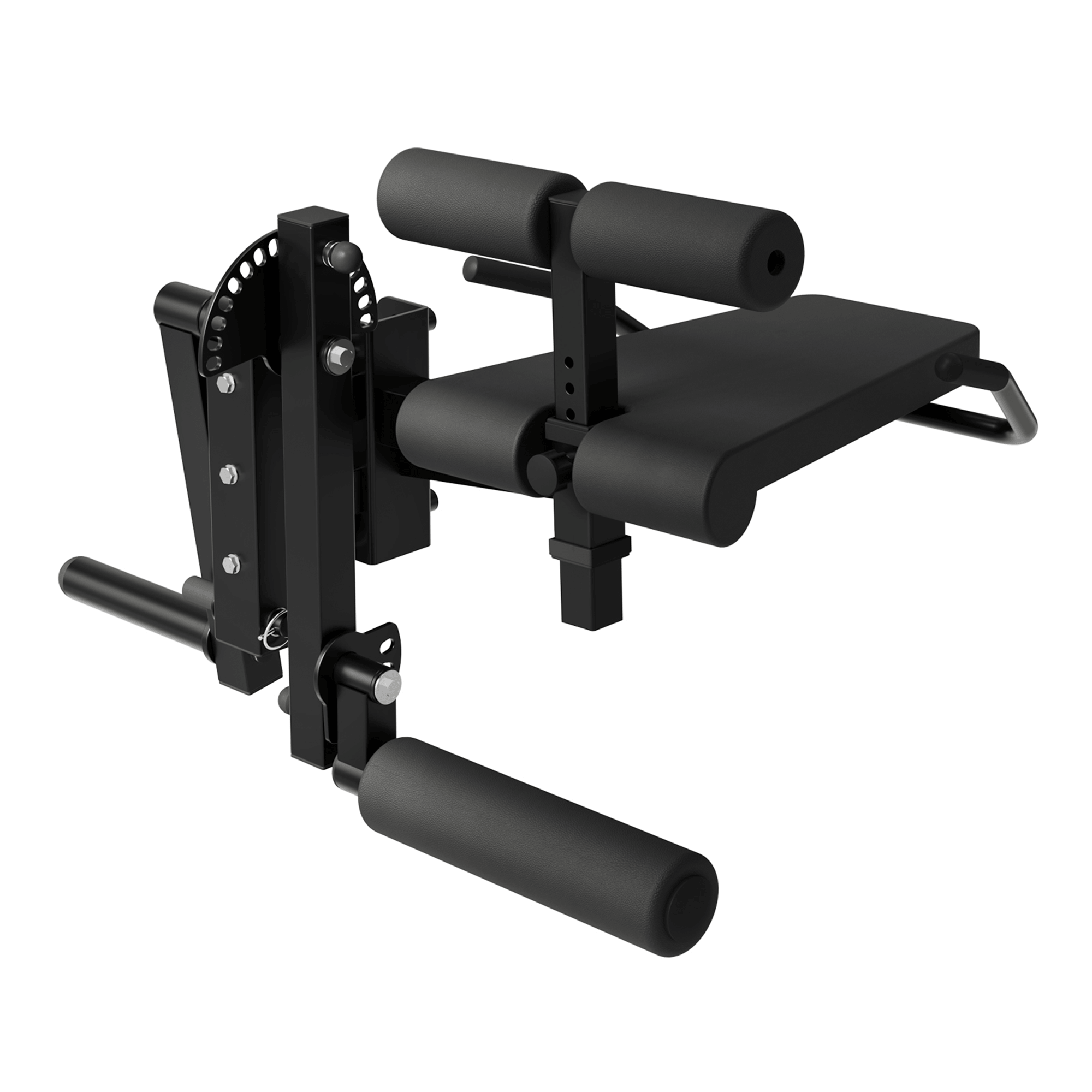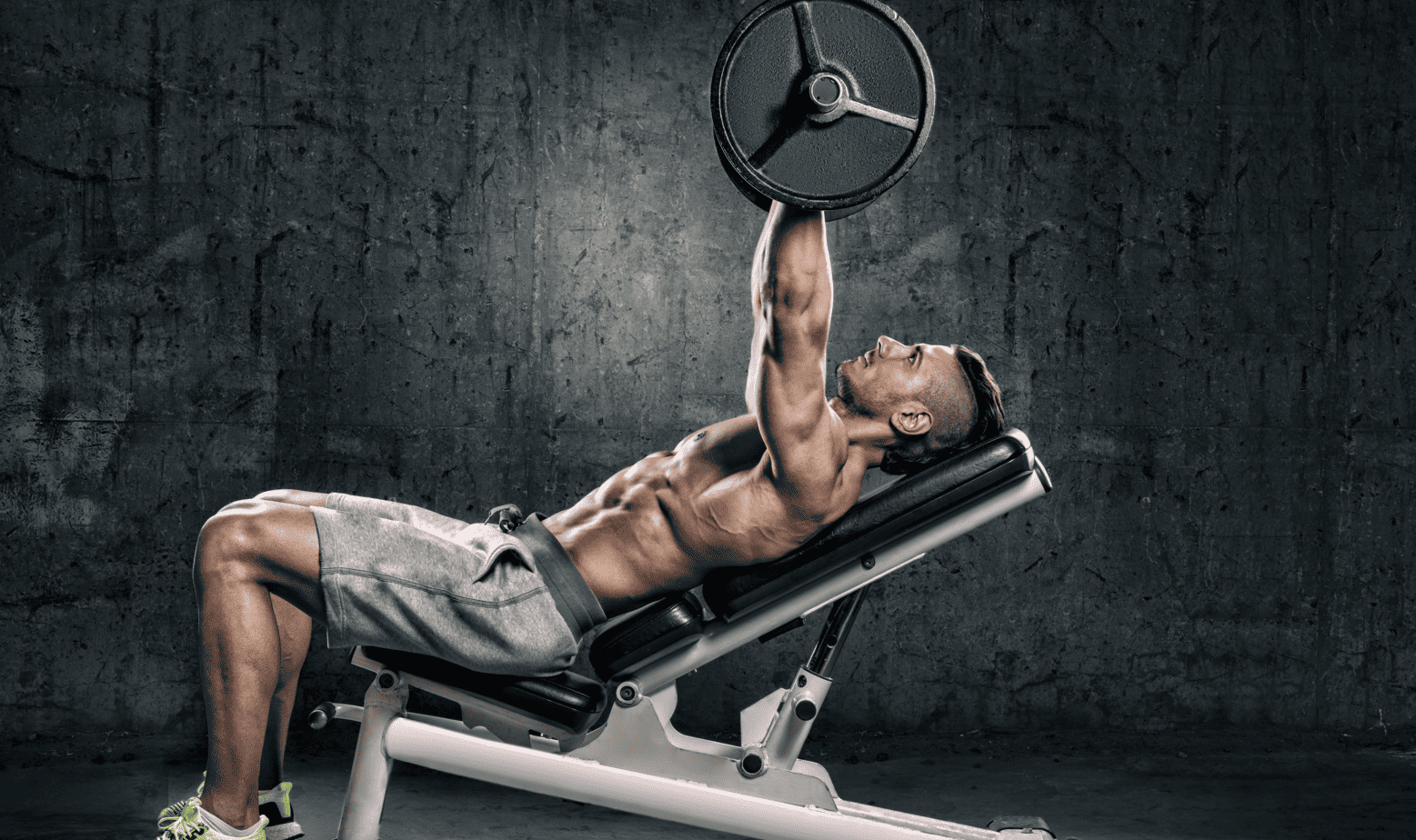The shoulder is one of the most complex and mobile joints in the human body—and for good reason. It allows you to lift, reach, push, pull, and rotate with incredible range and power. But what muscles are in your shoulder, exactly? And what muscle raises the shoulder when you perform movements like a shrug or overhead press?
If you're serious about building strength, preventing injury, or just understanding your body better, learning about the main shoulder muscles is a must.
The Muscles of the Shoulder Include the Deltoid, Rotator Cuff, and More
At a glance, most people think of the deltoid as the primary shoulder muscle—and they’re not wrong. But there’s much more to your shoulder than that. The muscles of the shoulder include the deltoid, four rotator cuff muscles, and other key stabilizers.
Let’s break them down.
1. Deltoid Muscle – The Main Shoulder Powerhouse
When people ask, “What muscle is in your shoulder?”, the deltoid is often the first answer—and for good reason. It’s the largest and most visible muscle on your shoulder, responsible for giving it that rounded, capped look.
The deltoid has three parts:
-
Anterior deltoid (front): Raises your arm forward.
-
Lateral deltoid (side): Lifts your arm to the side.
-
Posterior deltoid (rear): Moves your arm backward.
If you’ve ever done lateral raises, front raises, or overhead presses, you’ve definitely felt your delts working.
2. Rotator Cuff Muscles – The Unsung Heroes of Shoulder Stability
Wondering where are your shoulder muscles that help with stability and joint control? That would be your rotator cuff. This group of four small muscles lies deep within your shoulder, wrapping around the head of the humerus (upper arm bone). They stabilize and rotate your shoulder joint.
The rotator cuff includes:
-
Supraspinatus – helps lift the arm (also answers the question: what muscle raises the shoulder).
-
Infraspinatus – aids in external rotation.
-
Teres minor – assists in rotation and stabilization.
-
Subscapularis – controls internal rotation.
These muscles are especially important for athletes and anyone recovering from shoulder injuries.
3. Trapezius (Upper Fibers) – Elevates and Supports
Located on your upper back, the trapezius extends from your neck to your shoulders. The upper portion specifically raises the shoulder, like when you shrug. It works closely with the deltoid and helps stabilize the scapula (shoulder blade).
4. Levator Scapulae and Serratus Anterior – Supporting Cast
Other important muscles around the shoulder include:
-
Levator scapulae – assists in lifting the shoulder blade.
-
Serratus anterior – helps with scapular movement and protraction (think: reaching forward or punching).
These muscles support full, smooth range of motion and are often overlooked in training programs.
Why This Matters: Function, Form, and Injury Prevention
Understanding the anatomy of your shoulders isn’t just trivia—it’s essential for safe, effective training. Shoulder injuries are among the most common issues in both gym-goers and desk workers. Knowing what muscles are in your shoulder helps you:
-
Target muscles more precisely during workouts.
-
Spot muscle imbalances.
-
Strengthen weaker muscles to prevent injury.
-
Recover smarter after strain or overuse.
Final Thoughts: Respect Your Shoulders
Your shoulders are incredible. They offer more range of motion than any other joint—and they rely on a well-coordinated group of muscles to perform at their best. Whether you’re lifting weights, reaching overhead, or just carrying groceries, the muscles of the shoulder are hard at work.
So next time you hit the gym, don’t just train for looks—train for longevity. Support your rotator cuff, strengthen your deltoids, and respect the structure that holds it all together.













































Leave a comment
This site is protected by hCaptcha and the hCaptcha Privacy Policy and Terms of Service apply.